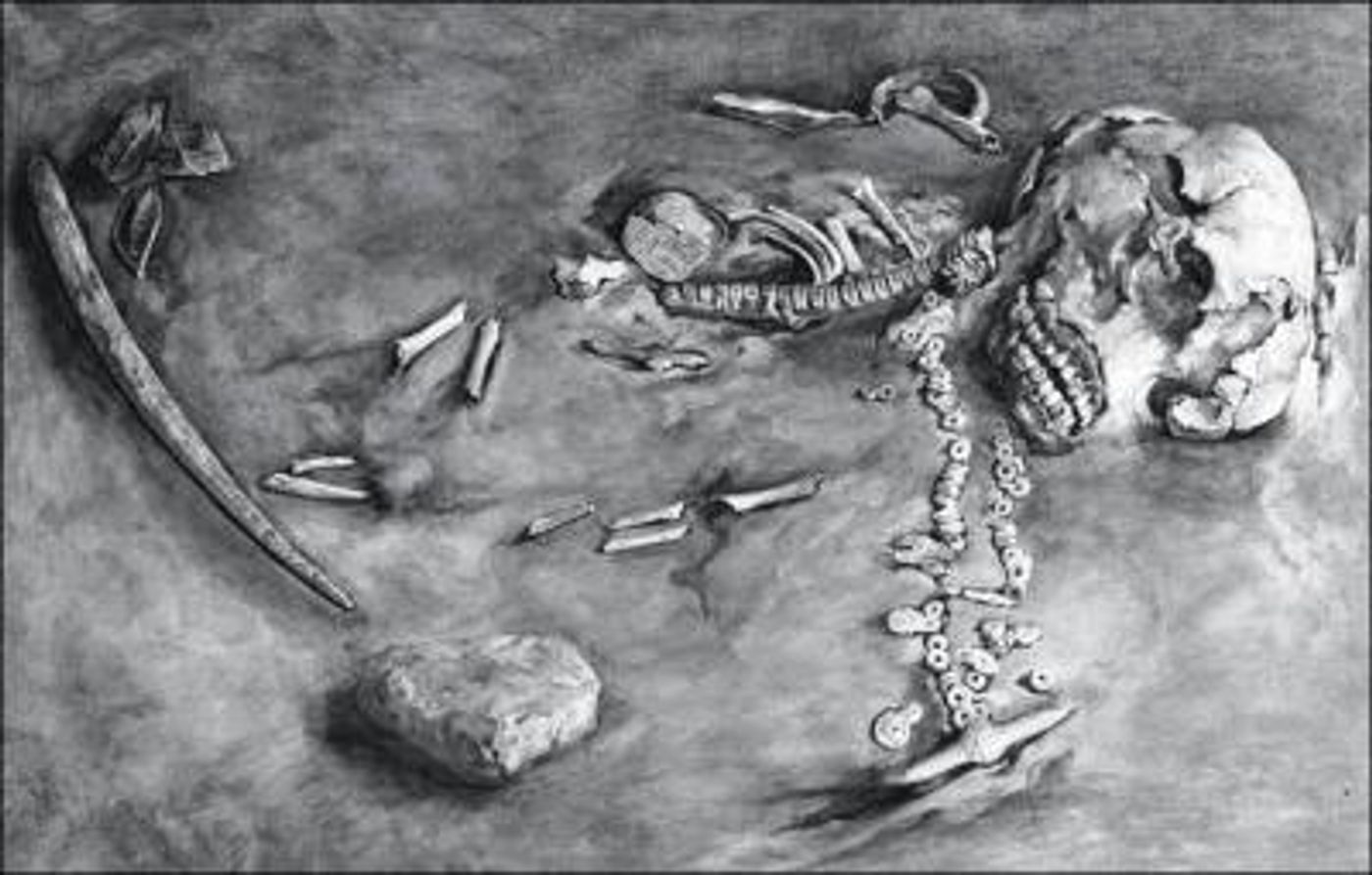How DNA Has Told Stories of Human History
Archeological digs have told us a lot about human history, but genetic tools have been able to fill in some of the gaps in our knowledge, and offer different perspectives on some findings. Researchers used a sample of 4,000-year-old hair from a comb that was preserved in Greenland permafrost to reveal more about an individual that lived long ago. evolutionary biologist Professor Eske Willerslev analyzed the sample in 2010. It suggested that the hair came from a man that was part of the Saqqaq culture, among the earliest thought to settle in Greenland. In Nature, Willerslev and longtime collaborator Professor David Meltzer, an archaeologist based at Southern Methodist University, Texas have now taken a look back at this work and the research avenues it opened.
"We were taught in school that people would stay put until the population grew to a level where the resources were exhausted. But we found people were spreading around the world just to explore, to discover, to have adventures," said Willerslev. "The last ten years have shown us a lot about our history and what it means to be human. We won't ever see that depth of human experience on this planet again. People entered new areas with absolutely no idea of what was in front of them. It tells us a lot about human adaptability and how humans behave."
It was once thought that non-native people arrived in the Americas long ago, but after analyzing DNA samples, most genetic links have shown that the people in that area are connected to contemporary Native Americans.
"Genomic evidence has shown connections that we didn't know existed between different cultures and populations and the absence of connections that we thought did exist. Human population history has been far more complex than previously thought," said Meltzer. "A lot of what has been discovered about the peopling of the Americas could not have been predicted. We have seen how rapidly people were moving around the world when they have a continent to themselves, there was nothing to hold them back."
In 2013, a team of researchers analyzed DNA from a four-year-old boy that had died in south-central Siberia about 24,000 years ago and was recovered in the 1920s near a village called Mal'ta. The work showed that the boy was part of a previously unidentified population that would go on to influence the genetics of contemporary Siberian and Native American populations. In 2015, Willerslev's team became the first to sequence an ancient Native American genome from an Anzick baby that had died in Montana around 12,000 years ago.
The researchers also settled a controversy regarding one of the oldest skeletons found in the Americas, Kennewick Man. There were five Native American tribes that claimed ownership of this man, who they called Ancient One.
"We had spent nearly twenty years trying to have the Ancient One repatriated to us. There has been a long history of distrust between scientists and our Native American tribes but when Eske presented to us about his DNA work on the Anzick child, the hair on my arms stood up," said Jackie Cook, a descendant of the Colville Tribe and the repatriation specialist for the Confederated Tribes of the Colville Reservation.
"We knew we shouldn't have to agree to DNA testing, and there were concerns that we would have to do it every time to prove cultural affiliation, but our Council members discussed it with the elders and it was agreed that any tribal member who wanted to provide DNA for the study could."
The genetic samples conclusively showed that the Kennewick Man was a direct ancestor of living Native Americans. The Ancient One was given to the tribes so they could rebury him.
"We took a risk but it worked out. It was remarkable to work with Eske and we felt honored, relieved, and humbled to be able to resolve such an important case. We had oral stories that have passed down through the generations for thousands of years that we call coyote stories - teaching stories," said Cook. "These stories were from our ancestors about living alongside woolly mammoths and witnessing a series of floods and volcanoes erupting. As a tribe, we have always embraced science but not all history is discovered through science."
"Over the past decade human history has been fundamentally changed thanks to ancient genomic analysis - and the incredible findings have only just begun," said Willerslev.
Sources: AAAS/Eurekalert! via St John's College, University of Cambridge, Nature









